If you are looking for a truly local market in Florence, Italy, you can to the right place. Mercato Sant’Ambrogio is where Florentines actually shop and eat. Follow this guide to time your visit, taste the best dishes, and browse stalls like a local—no tourist traps, just authentic flavor.
Smaller than its Florentine brethren, Sant’Ambrogio is beloved by locals (and less populated by tourists). It’s a great place to wander (particularly in the late mornings) to get a deeper sense of local life here where Florentines shop in the same place where their parents, grandparents, and, in some cases, great-grandparents also purchased pasta, fruit, vegetables, and meat to feed their families.
Welcome to Sant’Ambrogio Market. Read on to learn everything about this charming market that features on our Florence’s tastes and traditions tour.
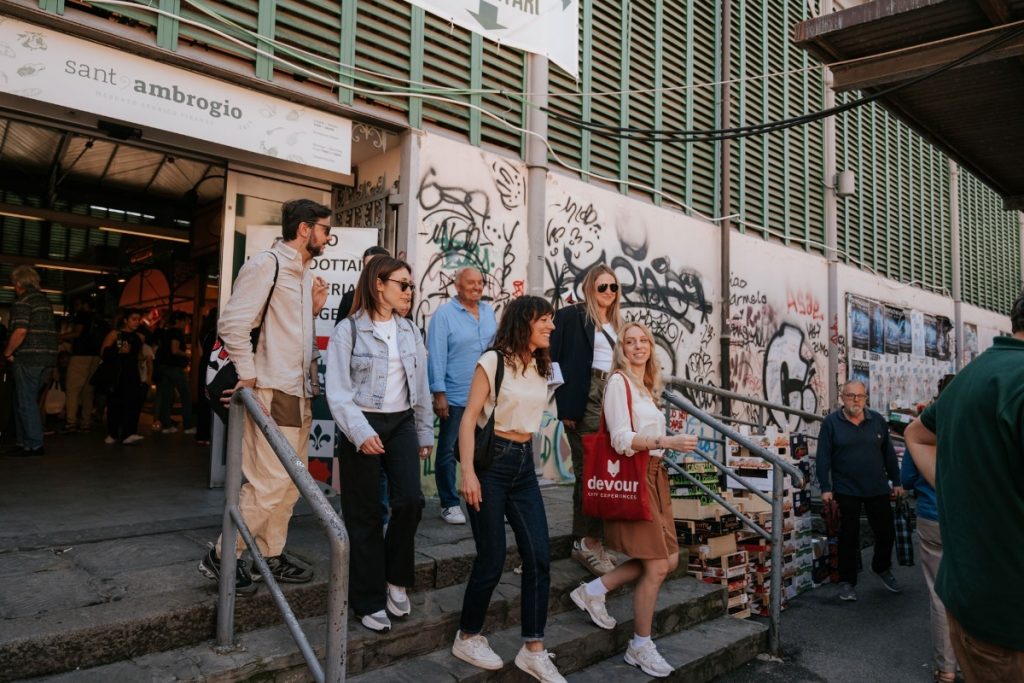
The Sant’Ambrogio market history
In 1865, the capital of the newly unified Italy shifted from Turin to Florence. This Tuscan city on the Arno River would only be the capital for six years before it shifted further south to Rome. Yet, during that time, city authorities initiated a building boom.
They razed parts of the city, including the old market, and built new structures. One of those buildings was the Mercato di Sant’Ambrogio, which was finally finished in 1873, a year before the Mercato Centrale (also known as Mercato di San Lorenzo) was built, making it the oldest still-existing market in Florence.
Architect Guiseppe Poggi, who was the lead designer of the city during its brief stint as the capital, was instrumental in shaping the look of both Sant’Ambrogio and San Lorenzo, using Paris’s Les Halles market as a model. He wanted to make it more modern than medieval, using cast-iron and glass for its structure and facade.
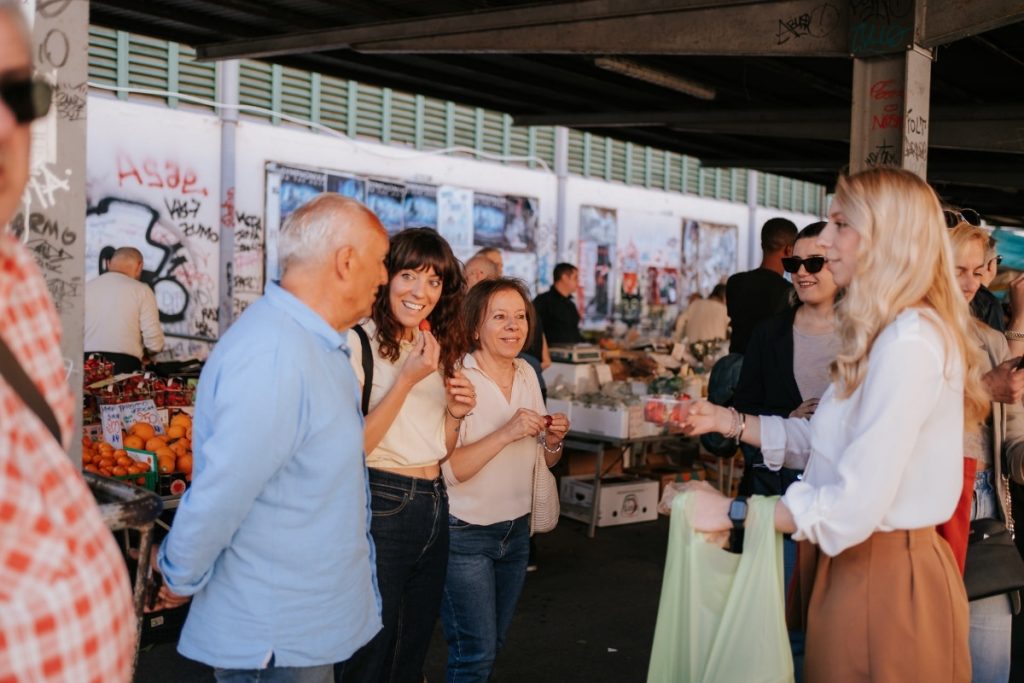
Visiting the Sant’Ambrogio market today
The Mercato di Sant’Ambrogio is smaller than San Lorenzo, and that is by design. Giuseppe Poggi intentionally wanted San Lorenzo, the more centrally located market, to be bigger to serve locals and visitors, and Sant’Ambrogio smaller to serve the denizens of Florence’s eastern neighborhoods.
The market is packed with more than just food. At Sant’Ambrogio you can walk away with a full new outfit of clothes—from shoes and socks to a leather belt, to a hat for your head—plus tonight’s dinner. You can even buy furniture!
So, in theory, you could go to the Mercato di Sant’Ambrogio in the morning and buy an entire basket of food for dinner, plus a table and chairs in which to feast on said dinner and some nice clothes to wear while you’re eating.
Sant’Ambrogio is more of a locals affair, as neighbors come here to actually shop for food and other things—one of the very few non-supermarket options to buy food.
If you’re here to buy fruit and vegetables, Sant’Ambrogio is still filled with actual farmers from the Tuscan countryside selling their wares. They’re easy enough to spot: just find the stalls with the largest number of local people around them, and you’ve found the right spot.
Most of the fruit and vegetable stands are outside of the structure. Head inside to find a legion bancherelle (stalls) of butchers and cheesemongers.
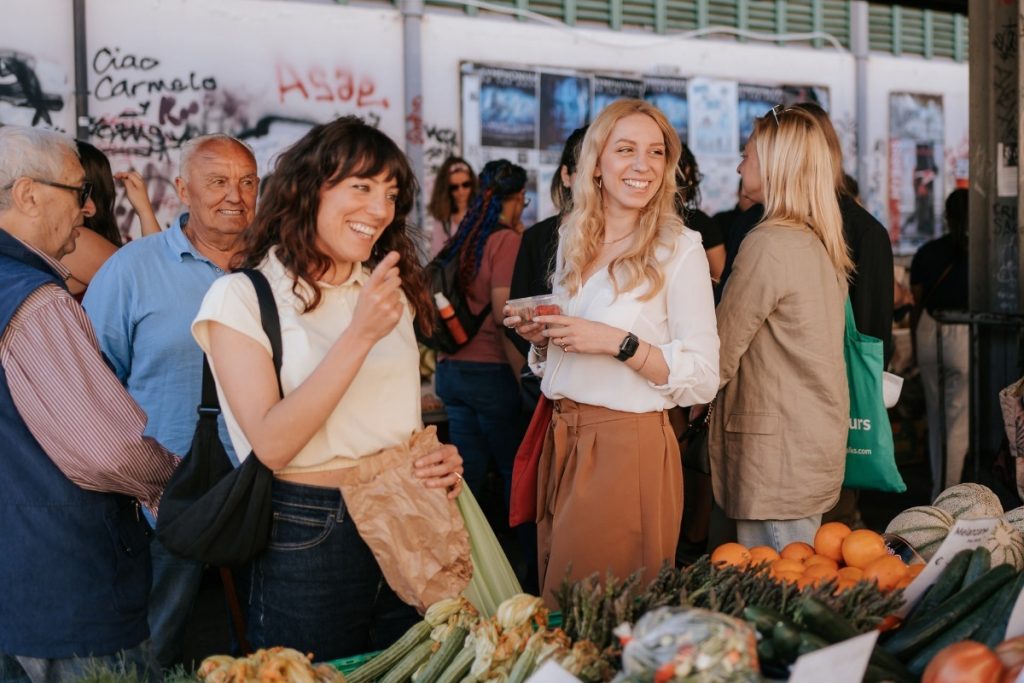
Sant’Ambrogio Florence Market Hours & Best Times to Visit
Wondering how to get to Sant’Ambrogio market? This marketi is Located on Piazza Lorenzo Ghiberti, the Mercato di Sant’Ambrogio and it is open Monday to Saturday, from 7 a.m. to 2 p.m (as of 2025). If you want to see the market in all its glory and action, get up early and point yourself to the Sant’Ambrogio neighborhood.
As the day goes on, the market is less clamorous and cacophonous. So, if you want a more tranquil experience, aim for noon and 2 p.m. (especially if you’re going for lunch).
- Location: Sant’Ambrogio sits 15 min east of the Duomo
- Vibe: Sant’Ambrogio = Local Vibe, cash-only stalls..
- Best for: Street-food lunch at Da Rocco vs. gourmet bites upstairs at Centrale.
- Opening hours: Sant’Ambrogio 7 am–2 pm (Mon–Sat)
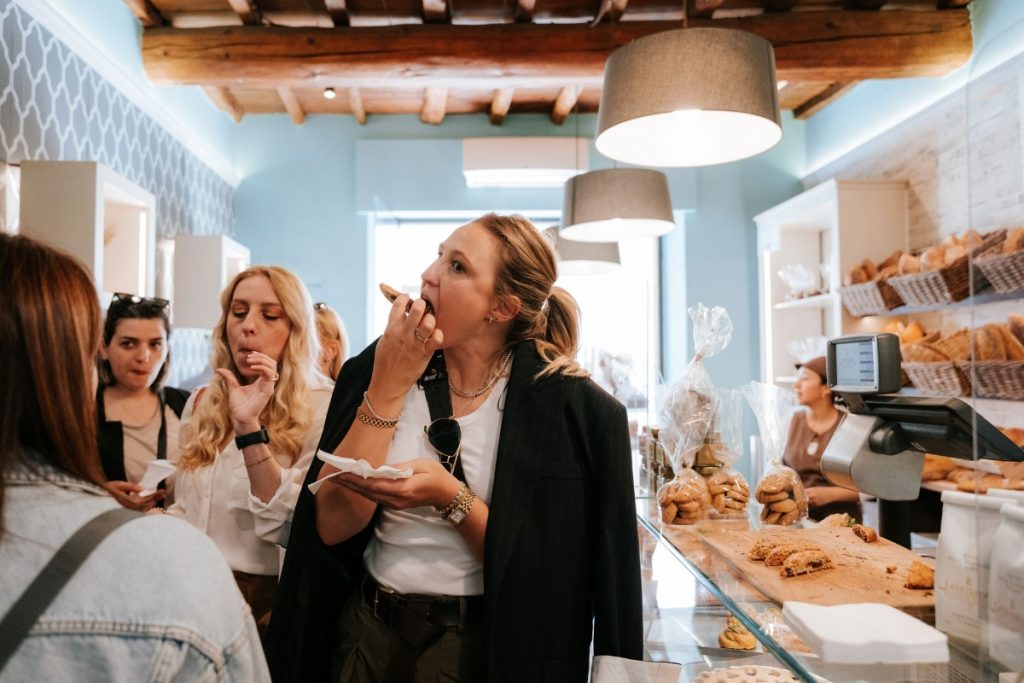
What to Eat at Mercato di Sant’Ambrogio (Must-Try Stalls)
Long before places like Eataly sprang up, Europeans were not only shopping at central food markets, but often eating there too. Feasting on snacks (or even lunch) at a market is a great idea. You know the ingredients are super fresh because the sources are a mere steps away.
The Mercato di Sant’Ambrogio has less options for eating than the Mercato Centrale, but less doesn’t mean worse.
Our 5 favorite spots in the market →
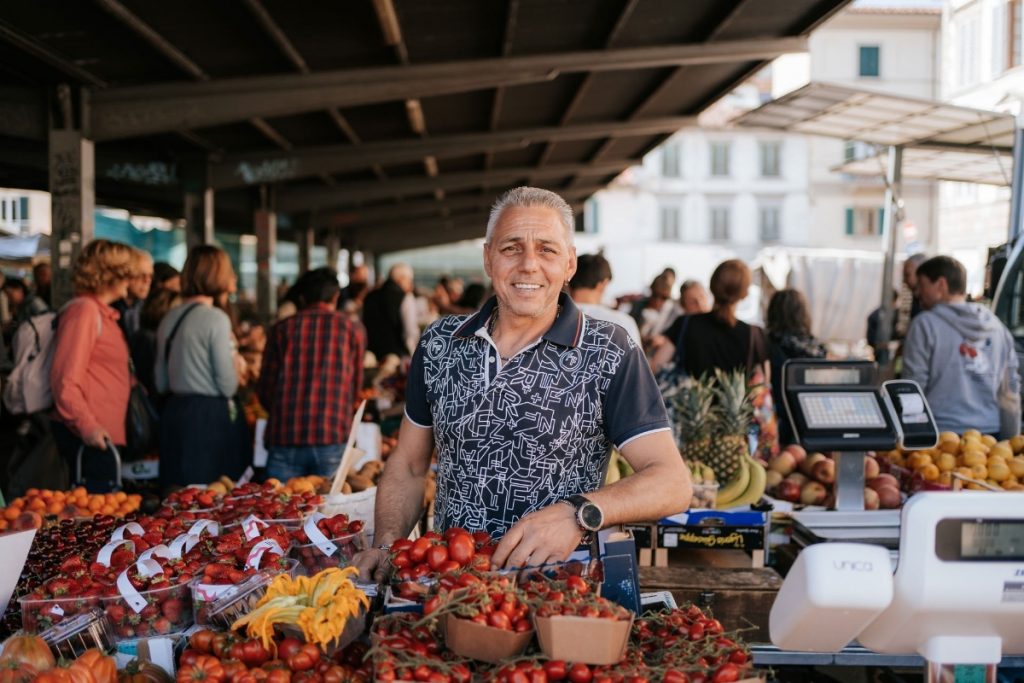
Da Rocco
If you are looking for the best food at Sant’Ambrogio, Da Rocco is the place to be. Since the mid-’80s, Rocco has been cooking up Florentine goodness inside the Mercato di Sant’Ambrogio.
Da Rocco is a tavola calda, a hot table, meaning that the food is prepared in the morning and is kept warm until it’s scooped, spooned, or ladled into a bowl or plate, and served to you.
Rocco serves up seasonal fare, so expect soups, pastas, meatballs and other Tuscan delights.
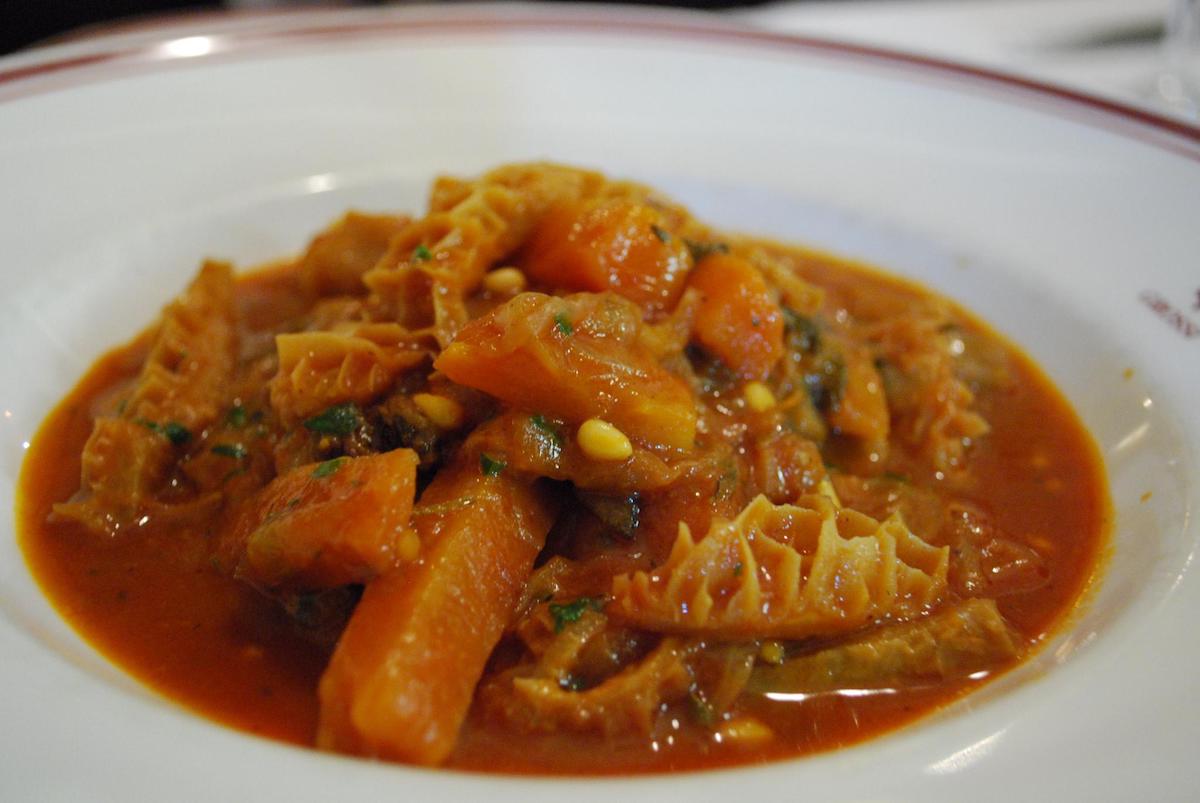
La Caffetteria del Vecchio Mercato
If you’re in the market in the morning, and ready for a caffeine boost (or need a post-pranzo pick-me-up), look no further than this coffee spot inside the market.
La Caffetteria del Vecchio Mercato pulls a fine espresso, and a great cappuccino too. They also have fresh cornetti (or croissants) in the morning.
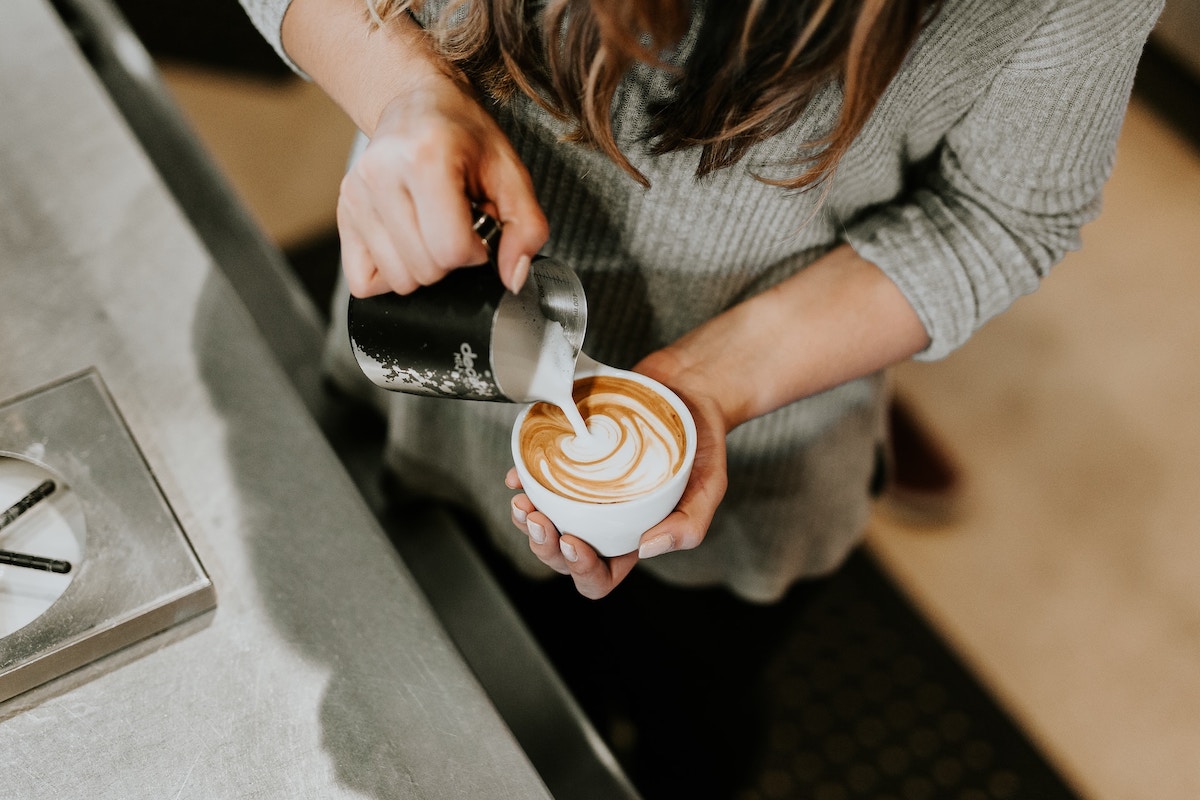
I Trippaio
Nicola is the man behind this deli and butcher shop. I Trippaio is the place to go to sample the Florentine delicacy lampredotto. Keep in mind that this delicacy may be only for the adventurous.
Lampredotto is boiled tripe (or simply, part of the stomach lining) served placed between two slices of bread. It’s better than it sounds and looks, and Florence is the place to eat it.
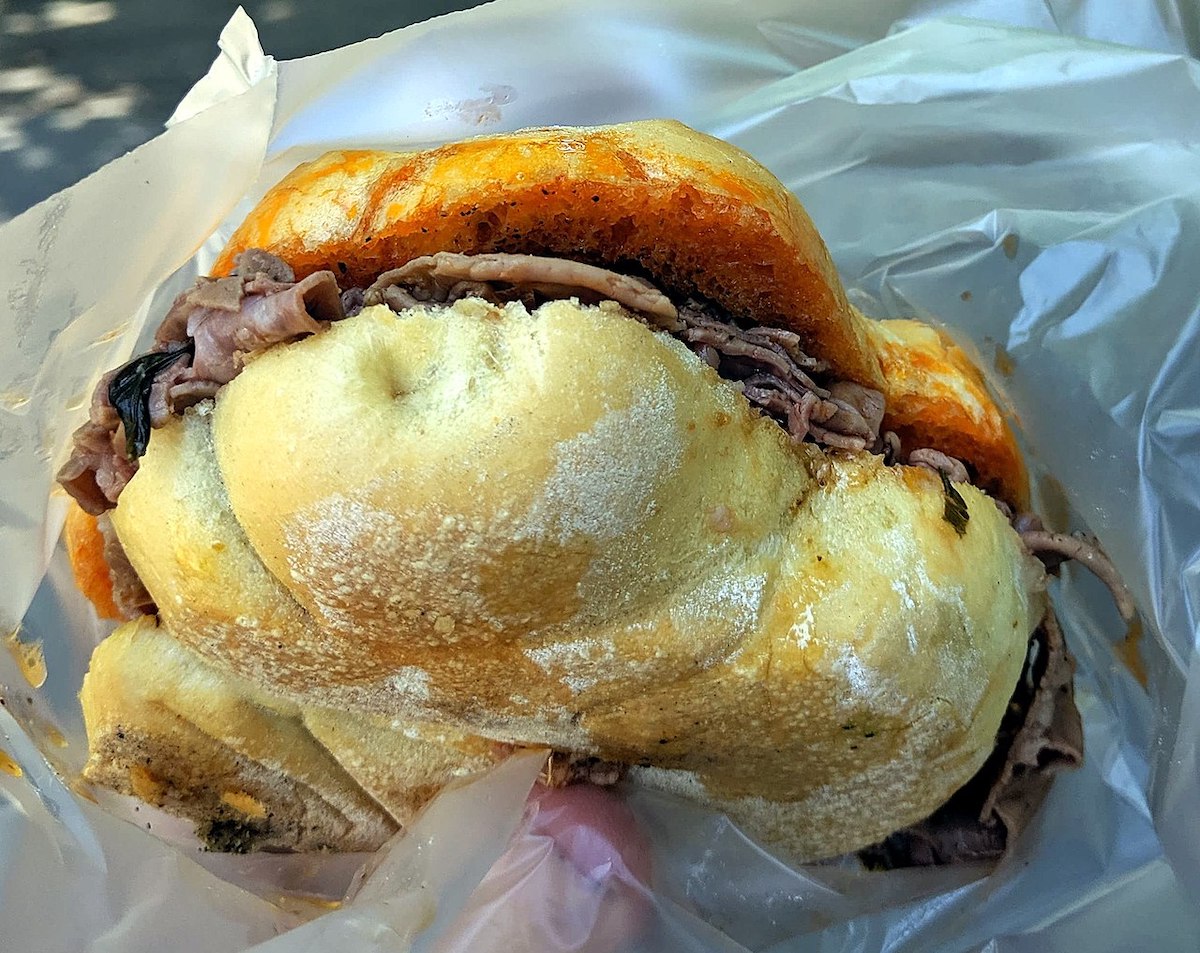
Luca Menoni
Luca Menoni butcher shop has been in the market for as long as anyone can remember, and also serves ready-to-eat food. Indulge in some beef tartare, hearty soups, and lasagna, among other delights.
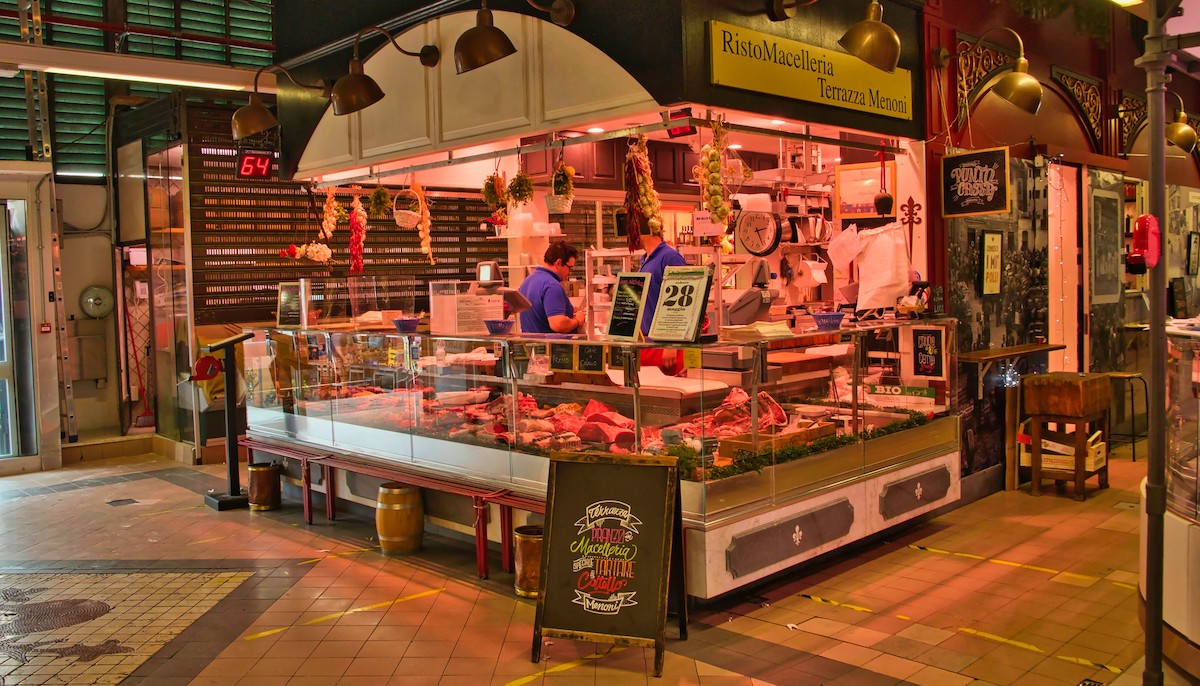
Da Stefano
Da Stefano specializes in fine bottles of wine and various Tuscan food stuffs that can be eaten there or taken to go. You can get liberal slices from wheels of artisanal cheese and unctuous prosciutto, among other very edible goodies. Make sure to pair everything with the perfect glass (or bottle) of fine Tuscan wine.
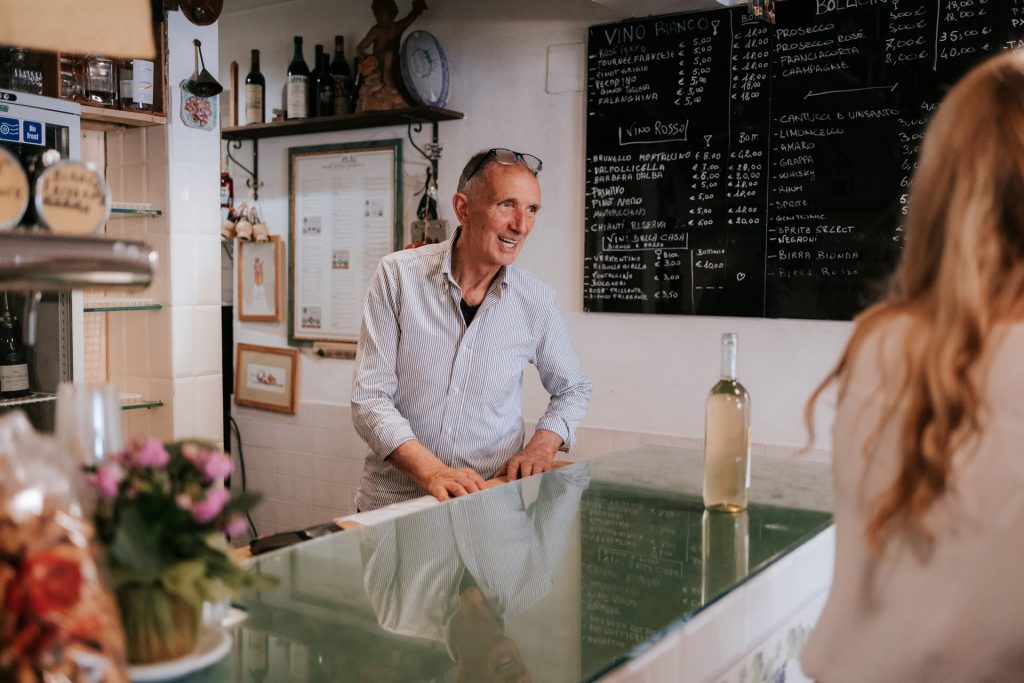
Sant’Ambrogio market FAQ
What is the Mercato di Sant’Ambrogio?
The Sant’Ambrogio market happens to be the oldest market in Florence—beating out the larger and more central San Lorenzo market by a year. It’s one of the only food markets in Florence, and has a more local flavor to it because it is just east of the center of town.
Where is the Mercato di Sant’Ambrogio?
Sant’Ambrogio market is located east of the Duomo, in Florence, in the neighborhood of the same name. It’s not far from the district of Santa Croce. You can find it on Piazza Lorenzo Ghiberti.
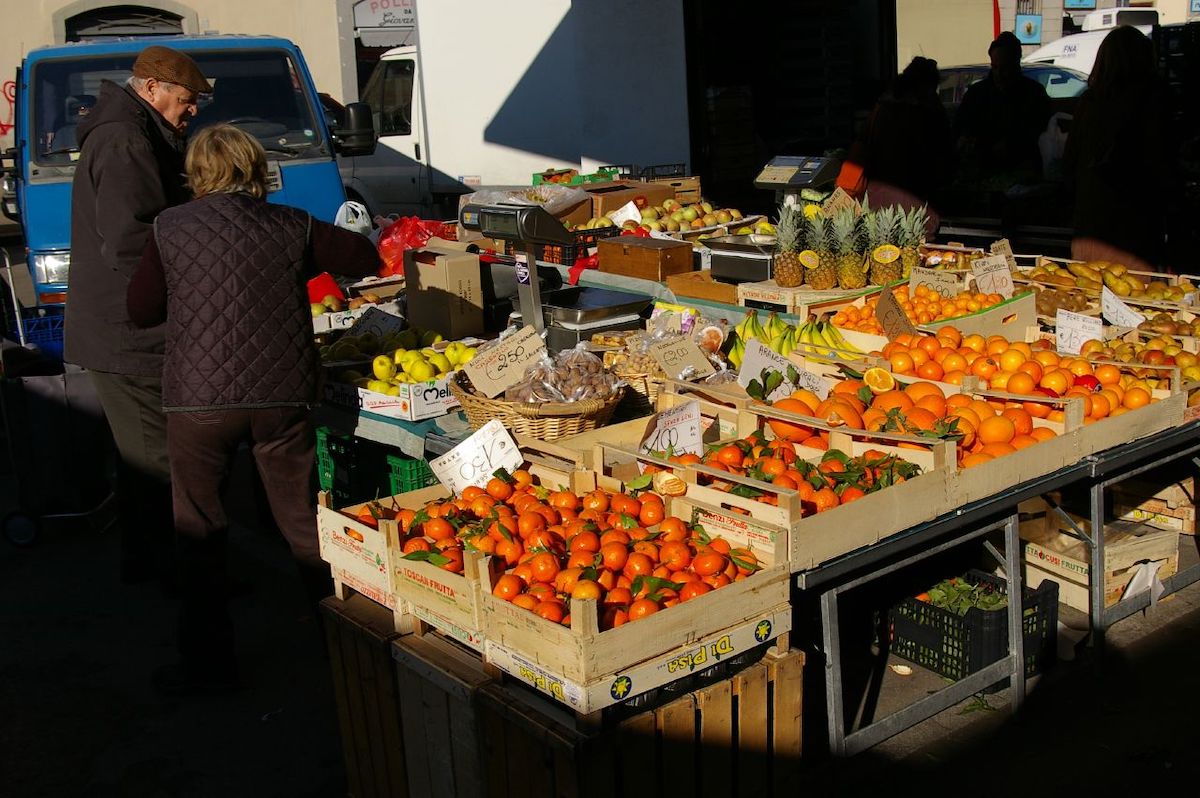
What should I eat there?
You can sip espresso, drink wine, snack on prosciutto, graze on roasted vegetables, tuck into bowls of pasta and soup. If you’re up for an adventure, try a sandwich made with lampredotto: cow innards on bread and sprinkled with a salsa verde.
Insider Tips for Navigating Sant’Ambrogio (Payment & Etiquette)
- Be sure to bring cash. Not every vendor takes cards.
- Bring your own bag if you plan on buying some fruits, vegetables, and meat for later, bring your own bag.
- Don’t have any fear of asking the vendors how something should be made.
- Also, like any traveler, have your wits about you and be careful of pickpockets.
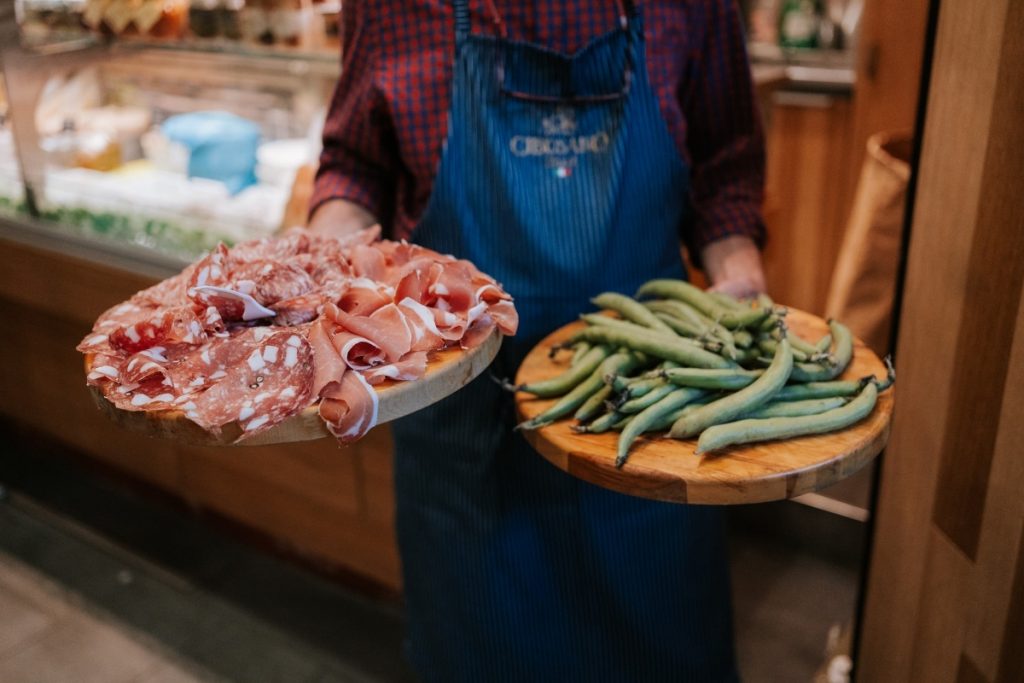
Update Notice: April 24, 2025
Cap off your day with the unforgettable Tastes and traditions tour in Florence, you will be able to immerse yourself in the city’s rich flavors and timeless culture!

